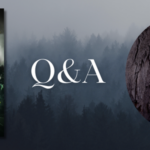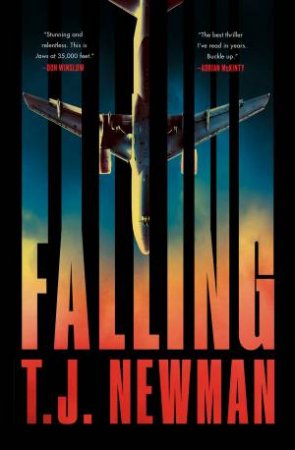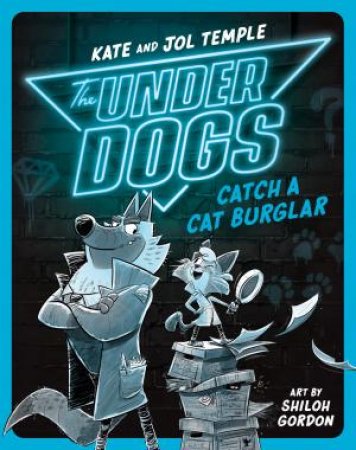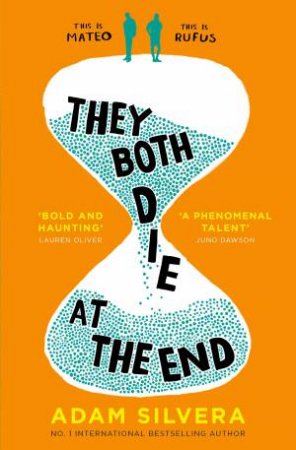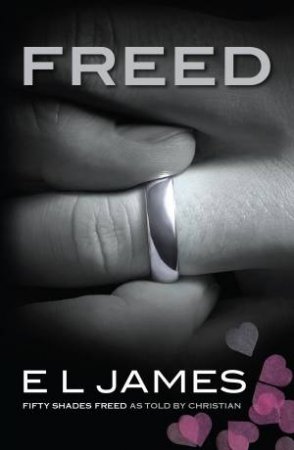Our featured author today is
the wonderful T.C. Shelley. After teaching for over twenty years, she began
writing novels to entertain her daughter, who wisely suggested that she try to
get them published. Her new book – “The Boy Who Hatched Monsters” – hit
the shelves in recently! It is the third book in her exciting,
middle-grade fantasy trilogy.
Exclusively for QBD Blog readers, T.C. Shelley has explained her top writing tips for aspiring writers:
Writing stories that engage readers need a few elements. Often students write with so much action, cars blowing up and ninjas jumping out from everywhere, that they don’t slow down enough to get inside the characters’ heads. Ensuring your reader is feeling what the character feels is a good way to pull them in.
On the other hand, some writers spend so much time describing what the character thinks and feels about everything, that we don’t get a sense of what is happening to them.
Stories that lean more towards action, we call plot-driven; stories that lean more towards being inside the characters’ thoughts, we call character-driven. Both story types have merits, and different readers like different types of stories, so there’s no problem you leaning either way.
Still, both stories need the same elements to make them interesting.
Let’s look at what they are:
DANGER:
Stories need danger. The whole point of a story is to show your character growing through an issue or problem. Dangers can be huge: a meteor heading towards Earth, a volcano erupting and threatening to wipe out a community, a robot revolution threatening to attack humans. Dangers can also be very small and personal: the danger of failing a test, the danger of being dumped by a friend, the danger of being caught by the teacher for stealing her board markers (Don’t Do It!).
So, make sure your character goes through DANGER.
DESIRE:
As a counterweight to danger, your characters must have a desire, and it needs to be in balance with the danger.
A volcano erupting and threatening to wipe out a community is an awful thing, but if your character is watching it on television and it doesn’t affect him, then the story is not going to last long. But if your character is invested in it (Oh, no! That’s where my family is. I have to get them out!). If your character has a desire, a want, then the story gets interesting, because the character has to do something and they will feel something powerful.
If your character is about to fail a test, but doesn’t care, think how boring that is. No! Your character is desperate to pass this test. If she doesn’t, she’ll be kicked off the football team. She has a real purpose, a real want, a real desire to pass this test.
DESIRE makes the DANGER mean something.
DREAD
Dread is that awful feeling at the bottom of you, from your stomach to your feet, that makes you sure nothing, not a thing, will work out. At some point, no matter how your story ends, your character needs to feel this.
If I don’t pass this test, my mum is going to kill me.
If I don’t get to my family in time, the volcano is going to erupt and I will be cut off from them.
If my friend stops talking to me, I’ll never be happy again.
DREAD makes the DANGER more powerful and puts what you DESIRE further out of reach.
DECISION
Regardless of how you end your happy or sad, if you want your audience to like your character, they need to make decisions. They can’t just let things happen to them, they have to take control of their life.
DECISION makes the character face the DANGER and their DREAD and move closer to their DESIRE.
Now that you’ve come up with your idea, there’s two more ideas for you to use. Try to use these and only these in a short story, and your story will be more interesting.
DESCRIPTION
When some people write stories, they make the mistake of telling things.
- He was worried.
- Then Jennifer called and everything was alright.
Description means using words so I can see things in my head, or hear them, smell them, taste them or touch/physically feel them.
Think about all of those things that happen when someone is worried.
Albert paced the room (I can see that in my imagination). When the phone rang, he yelped (I can hear those sounds). He felt a sudden heat rise from his neck and he sweated (I can feel those things).
If you describe things for the reader, they will feel the character’s worry a lot more and lose themselves in the story.
The best way to tell the audience things (if you really must) is to use:
DIALOGUE
This is where characters discuss things, including their feelings, with each other.
Albert paced the room. When the phone rang, he yelped. He felt a sudden heat rise from his neck and he sweated.
He picked up the telephone. He was sure it was the police (this is a kind of internal dialogue, where the character tells himself something. Can you see it also shows what Albert is DREADing?).
‘Albert?’ the voice said.
‘Jennifer. Is it you? I was so worried.’
The last two lines are proper dialogue.
If you use description and dialogue most of the time when writing, it’s much more interesting.
YOUR TURN
1. Why don’t you use the first 4 Ds to sort out a situation for your character
2. Now use description and dialogue to bring the story to life.
To order “The Boy Who Hatched Monsters” by T.C. Shelley, you can visit the QBD Books website or your local QBD Books store!
To order the first two books in this incredible series, you can visit our web page here:





